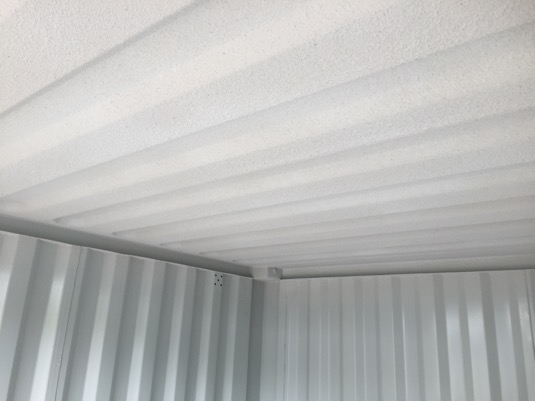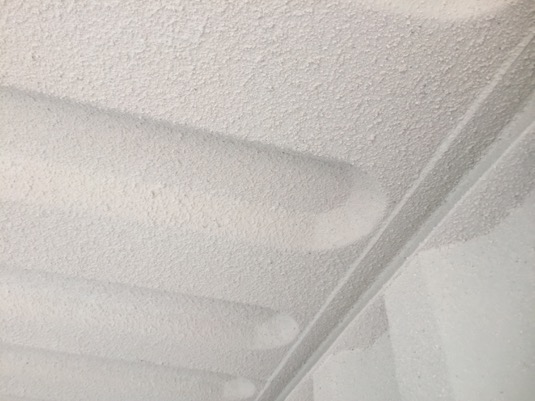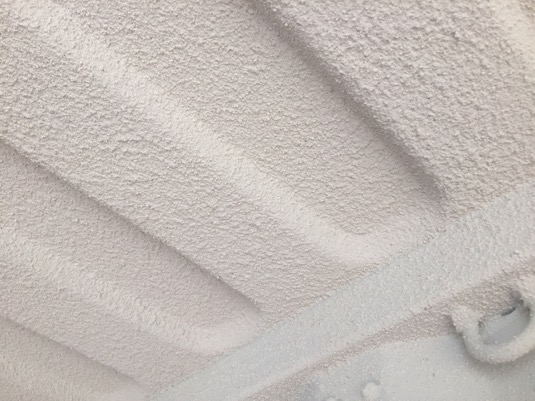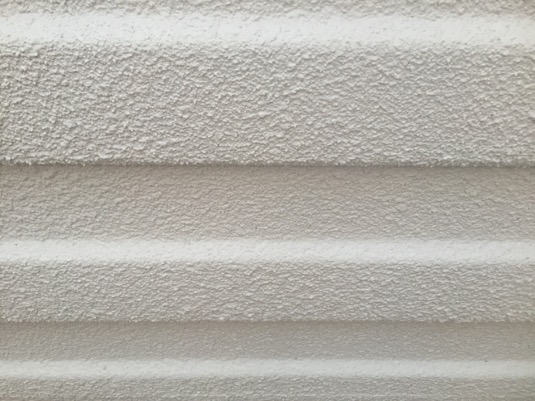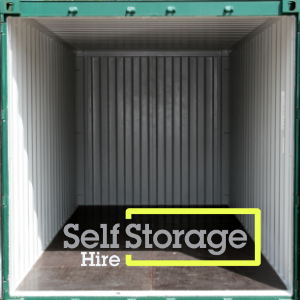A Hiab truck with a 20 ft shipping container on the back is about 4.2 meters high. When unloading, the crane will need at least 10 meters of overhead clearance.
Here are some other things to consider when using a Hiab truck to deliver a shipping container:
- Access: The Hiab will need about 3 meters of access through gates and fences to get to the site.
- Stabilizer legs: The Hiab will need an additional 3.5–4 meters for the stabilizer legs to set down.
- Length: A 20 ft Hiab will need 10 meters of length to unload.
- Drop-off pad: The container’s drop-off pad should be level and dry.
- Overhead obstructions: The Hiab needs about 20 ft of height above the container while it’s on the truck.
- Driver’s rights: The driver can refuse to continue if they think their truck might get stuck.
- Vehicle outriggers: These extend from the side of the vehicle to prevent it from tipping over.
- Try local haulage companies first. If you can be flexible on the date and time of delivery you may be able to get a discount. Look to pay between £200 and £500 as long as you are within 2 hours of a shipping port, eg. Felixstowe, Ipswich.


